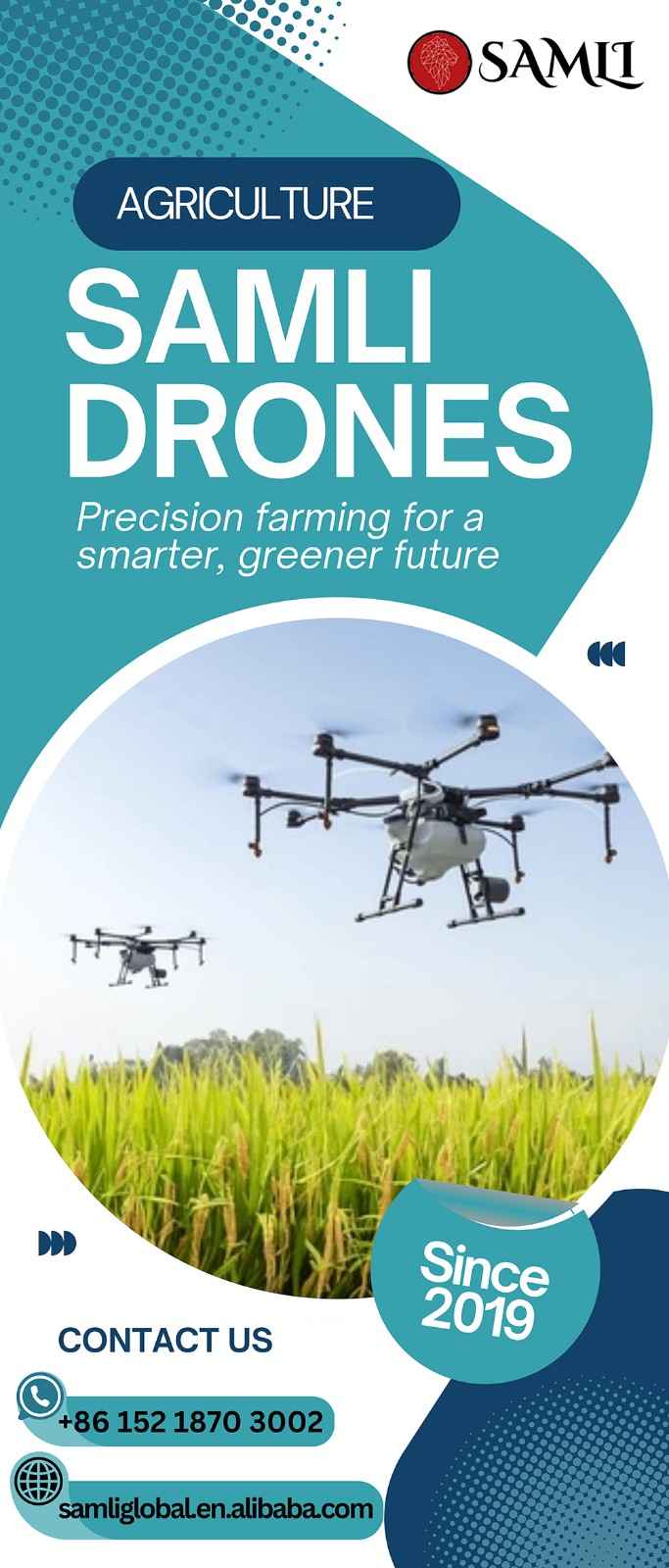Most founders start with a product or idea that gets traction, but the ones who keep climbing know that growth isn’t just about sales or market share. It’s about structure. The way a company is built behind the scenes determines whether that early success turns into something durable. Some owners build solid foundations that support scaling, tax efficiency, and even exit flexibility. Others find out too late that growth without structural foresight is just chaos in a nicer suit.
Building a Company That Scales Itself
Every company reaches a point where hustle stops being enough. Processes, capital, and accountability have to replace improvisation. That’s where the structure starts doing the heavy lifting. Founders who understand this shift start designing systems that scale automatically. It’s not about adding more meetings or layers of management. It’s about codifying what works and cutting what doesn’t.
The ability to sustain growth lies in making decisions that protect agility while introducing predictability. This is especially true when it comes to protecting your business during expansion, since that’s when weak spots in ownership and cash flow show up the fastest. The companies that survive the scaling phase are usually the ones that built in financial mechanisms to stay stable even while stretching into new markets or products.
Engineering Stability Into Rapid Growth
Companies in rapid-growth mode often run hot. Demand spikes, systems creak, and key people burn out. Smart founders engineer financial stability before that happens. This includes tightening cost control, formalizing management incentives, and leveraging tax strategies that keep capital available for reinvestment.
Some of the savviest private companies create liquidity for founders and key team members without bringing in outside investors. That’s not about generosity. It’s about control. When ownership stays internal, decisions remain strategic instead of reactive. That internal control also allows leadership to plan long term, not just quarter to quarter.
Ownership Design as a Competitive Advantage
Ownership structure might not sound exciting, but it’s one of the most powerful tools a company has for shaping its future. Whether you’re thinking about succession, liquidity, or scale, the right structure can give you leverage without giving away equity. That’s where an Employee Stock Ownership Plan, or ESOP, enters the picture—not as an employee perk, but as a sophisticated financial instrument.
An ESOP can be used to create internal liquidity, manage taxes, and position a company for growth or sale under highly favorable conditions. It allows owners to defer or even eliminate federal income taxes, freeing up capital that can be redirected toward expansion, debt reduction, or reinvestment in the company’s next phase. For founders aiming to future-proof their business, that kind of flexibility is gold.
ESOPs also provide strategic advantages when negotiating with lenders or potential buyers, since the structure signals stability, long-term alignment, and a clear succession plan. In industries where reputation and continuity matter: think engineering, construction or cannabis business consulting firms that help you with ESOPs. That framework becomes a serious differentiator. It’s less about morale and more about mastery of financial architecture, the kind that protects control while opening doors to scale and liquidity.
The Leadership Shift That Drives Longevity
As companies grow, leadership has to evolve too. Founders who stay effective over decades know when to step back from the center without disappearing entirely. They shift from doing to designing. Ownership structure helps make that possible because it locks in continuity and incentives beyond the founder’s personal involvement.
When leadership transitions are planned through structures like ESOPs or other internal sale mechanisms, the organization doesn’t collapse when the founder takes a step back. Instead, it runs on architecture, not adrenaline. That’s how companies outlast their original vision and become generational.
Tax Efficiency Is the Hidden Growth Engine
It’s easy to focus on revenue, but the companies that truly thrive long term are the ones that master tax positioning. ESOPs offer a rare advantage here, but they’re not the only tool. Structuring income, reinvestment, and compensation in tax-smart ways fuels sustainable growth without the drag of avoidable liabilities.
When a founder understands the difference between paper growth and retained value, they start playing a different game. It’s not about getting bigger, it’s about getting smarter. Every move, from compensation design to ownership transfer, can either bleed efficiency or build it.
Lasting Power
The difference between a company that grows and a company that endures usually comes down to foresight. Founders who think in decades instead of quarters set up ownership, taxes, and leadership in ways that give the business a life of its own. The best part is, none of it requires giving up control. Whether through ESOPs, smart tax planning, or tightly engineered internal systems, structure becomes the quiet superpower behind every company that scales without losing its soul.



